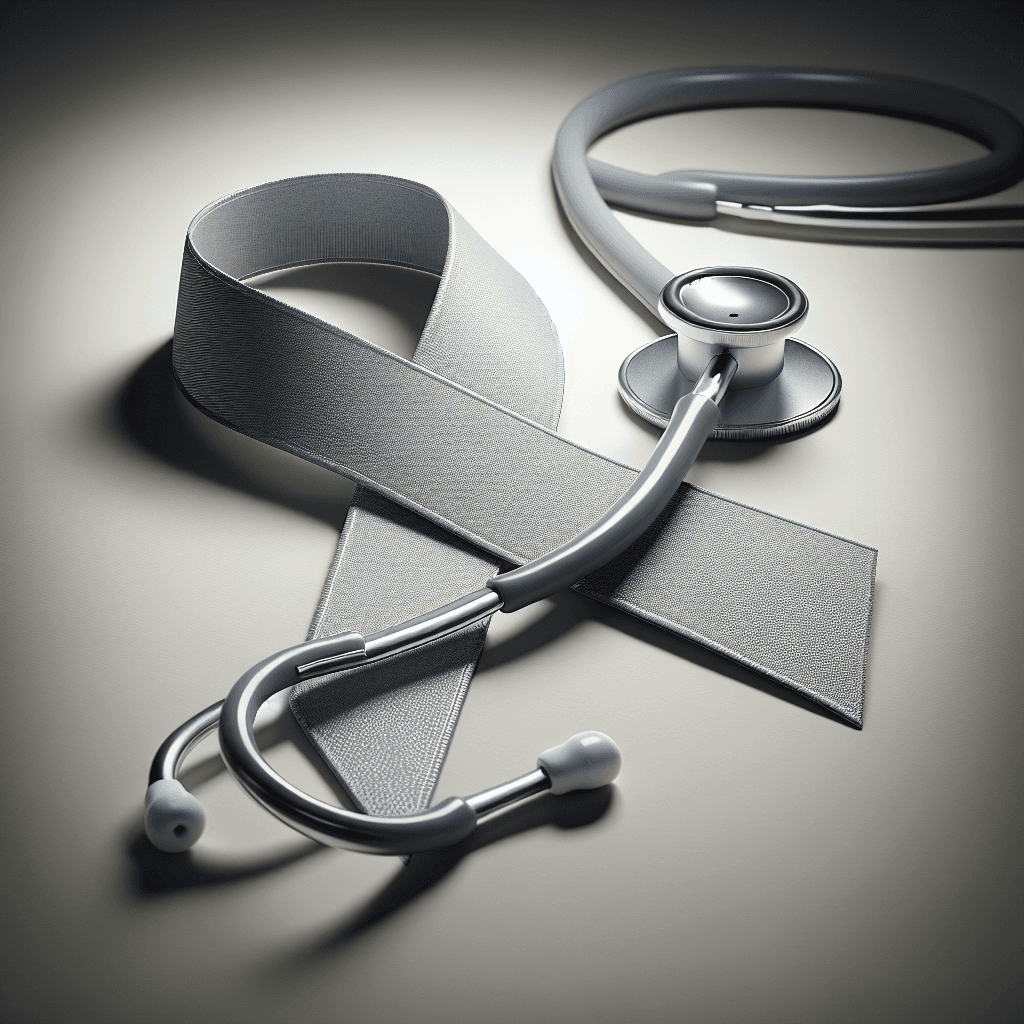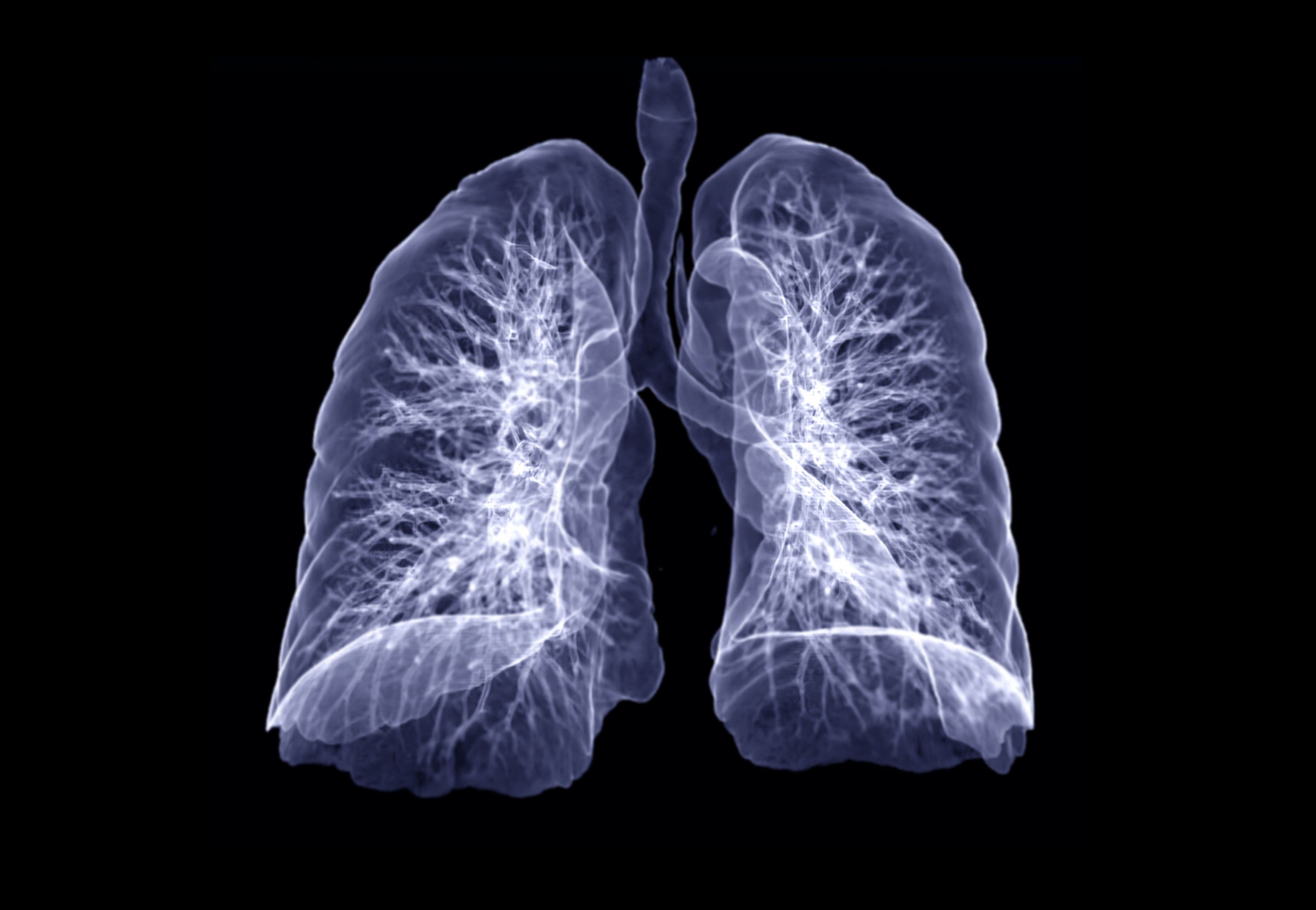Early Lung Cancer Detection: Improving Survival Rates and Treatment Options

Lung cancer remains a leading cause of cancer-related deaths worldwide, but early detection can significantly alter the course of the disease. This comprehensive guide delves into the reasons why early detection is critical, the risk factors associated with lung cancer, recognizable symptoms, effective screening methods, and actionable steps to reduce risk.
| Stage of Detection | 5-Year Survival Rate | Treatment Options |
|---|---|---|
| Localized (Stage 1) | Around 60% | Surgery, Radiation Therapy |
| Distant/Metastatic | Around 6% | Symptom Management, Palliative Care |
Why Early Detection Matters
Early detection of lung cancer is crucial for two primary reasons: Improved Survival Rates and More Treatment Options. Localized lung cancer has a significantly higher 5-year survival rate and is more treatable than advanced-stage cancer, which often focuses on managing symptoms and extending life rather than a cure.
Risk Factors for Lung Cancer
Understanding risk factors such as smoking, secondhand smoke exposure, family history, and exposure to radon or asbestos is essential for assessing the need for screening.
Signs and Symptoms of Lung Cancer
Symptoms like a persistent cough, chest pain, shortness of breath, and unexplained weight loss warrant immediate medical attention, especially for high-risk individuals.
Screening for Lung Cancer
Low-Dose CT Scans are the mainstay of lung cancer screening, recommended for individuals with a significant smoking history, recent smokers, and those aged between 50 and 80 years old.
Lowering Your Risk of Lung Cancer
Quitting smoking, avoiding secondhand smoke, testing for radon, and protecting yourself at work are proactive steps to lower your risk of lung cancer.



